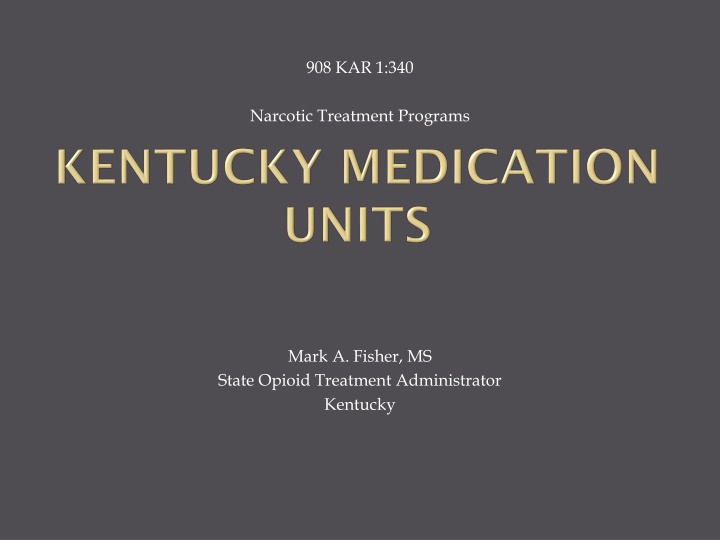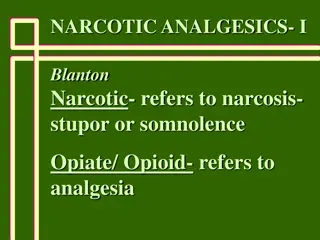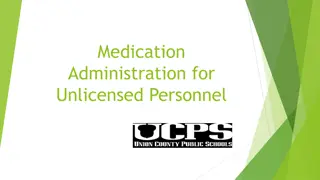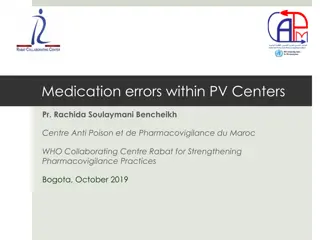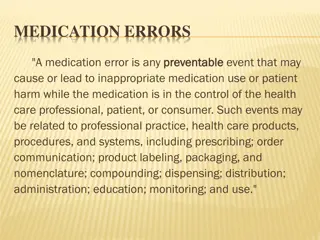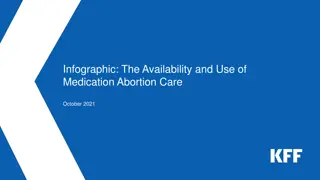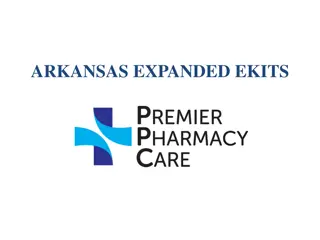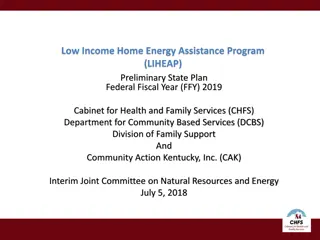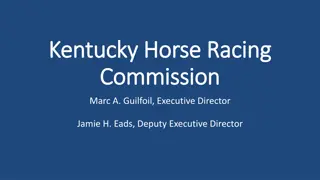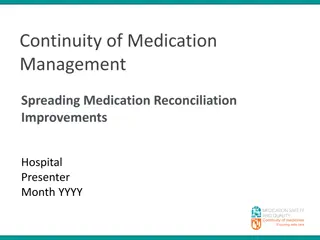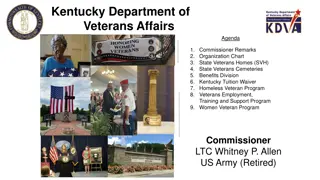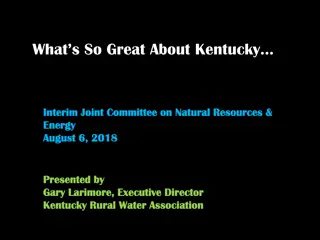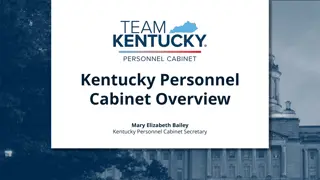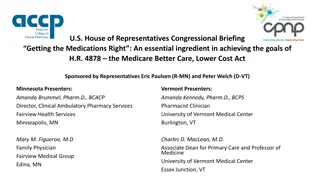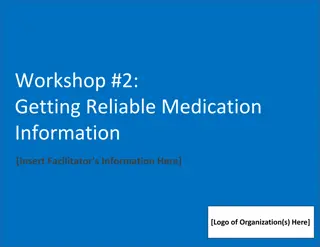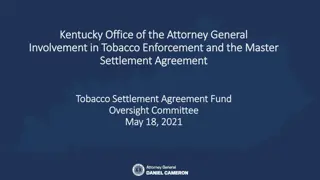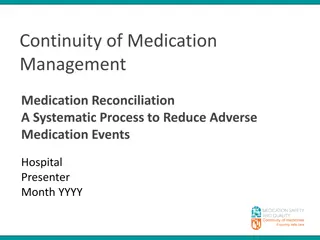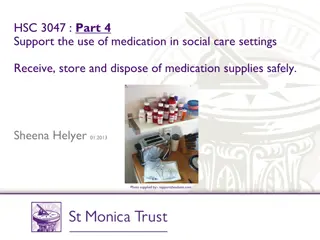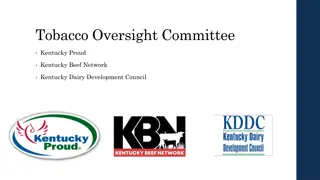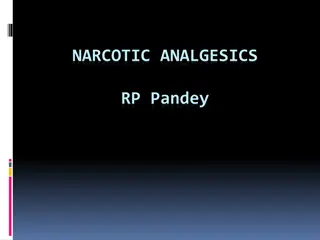Guidelines for Establishing Medication Stations in Narcotic Treatment Programs in Kentucky
Kentucky's guidelines for establishing medication stations within Narcotic Treatment Programs require notifying regulatory bodies, obtaining necessary certifications and licenses, and engaging with local authorities. Compliance and transparency are emphasized throughout the process to ensure regulatory standards are met. The state has seen an increase in capacity and individuals served in OTPs since 2012.
Download Presentation

Please find below an Image/Link to download the presentation.
The content on the website is provided AS IS for your information and personal use only. It may not be sold, licensed, or shared on other websites without obtaining consent from the author.If you encounter any issues during the download, it is possible that the publisher has removed the file from their server.
You are allowed to download the files provided on this website for personal or commercial use, subject to the condition that they are used lawfully. All files are the property of their respective owners.
The content on the website is provided AS IS for your information and personal use only. It may not be sold, licensed, or shared on other websites without obtaining consent from the author.
E N D
Presentation Transcript
908 KAR 1:340 Narcotic Treatment Programs Mark A. Fisher, MS State Opioid Treatment Administrator Kentucky
If a NTP voluntarily decides to establish a medication station, the program shall notify in writing the D E A, CSAT, the SNA and the Division of Licensing and Regulation (O I G) within 90 days of the proposed relocation. A Medication Station shall; Be opened no closer than forty-five (45) miles and no further than ninety (90) miles to the main OTP.
Statement of Purpose ; To ensure Regulatory Compliance of all Narcotic Treatment Programs across the state. PROCEDURE; Obtain a certification of occupancy and a local business license. * Please note* Public forums of city approvals, other that that required for certification of occupancy are not a regulatory requirement. However, it is strongly encouraged by SOTA ( State Opioid Treatment Authority) to make the intent to open a facility as transparent as possible to all City, County, and Civic Leaders during this process.
Apply for a CSAT (Center for Substance Abuse Treatment) Certification. Submit accreditation of early intent to O I G (Office of Inspector General) Apply for AODE (Alcohol & Other Drug Entity) outpatient license from O I G Licensing procedures and standards for the operation of alcohol and other drug abuse prevention programs can be found at http://www.lrc.ky.gov/kar/908/001/380.htm. Inspection of facility by O I G then AODE license is obtained Apply for Narcotic treatment license with CSAT in Washington, D.C.
Obtain MOA (Memorandum of agreement) from law enforcement, hospital, mental health, vocational rehabilitation, and private therapist. Obtain a D E A inspection after building alarms and sage are in place at facility. Obtain a facility inspection from the Division of Behavioral Health and Developmental Disabilities. Obtain D E A forms 222 for ordering medication.
Kentucky has increased overall OTN capacity since August 2013 by adding six new facilities. State wide census is up from 2906 in 2012 to over 4500 individuals served (August 2014)
Mark A. Fisher State Opioid Treatment Administrator Department for Behavioral Health, Developmental and Intellectual Disabilities 275 East Main Street 4 W-G Frankfort, KY 40621 Phone: (502) 782-6162 Fax: (502) 564-9010 Mark.Fisher@ky.gov
